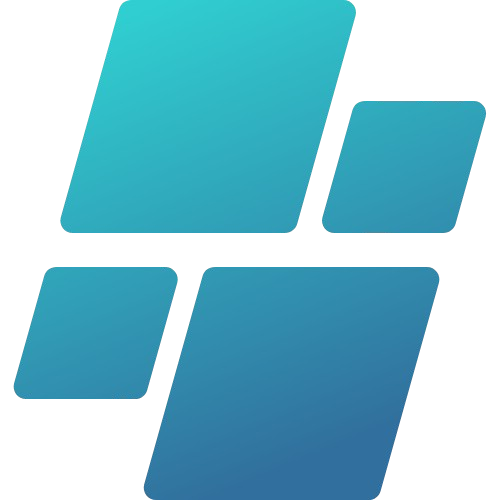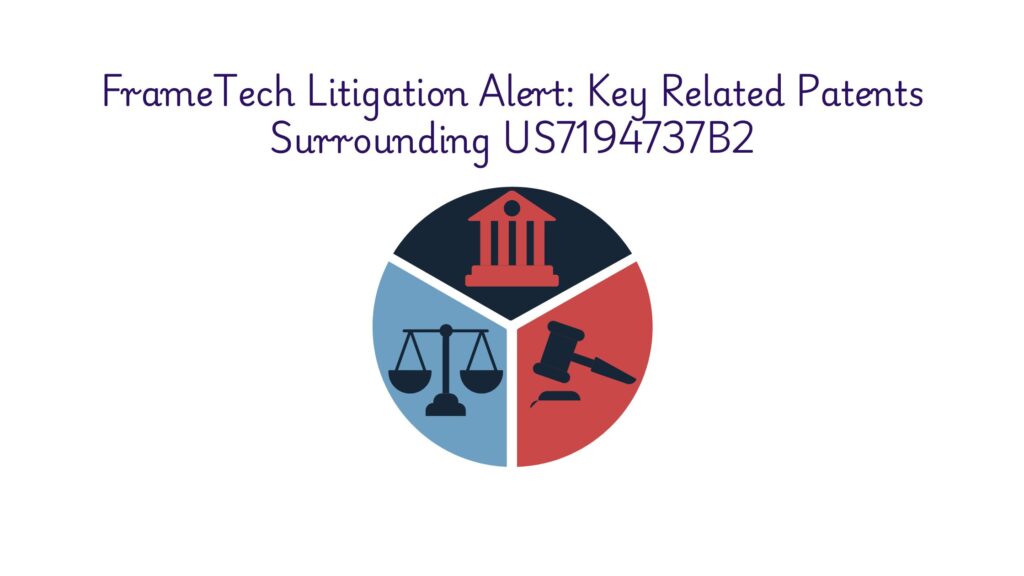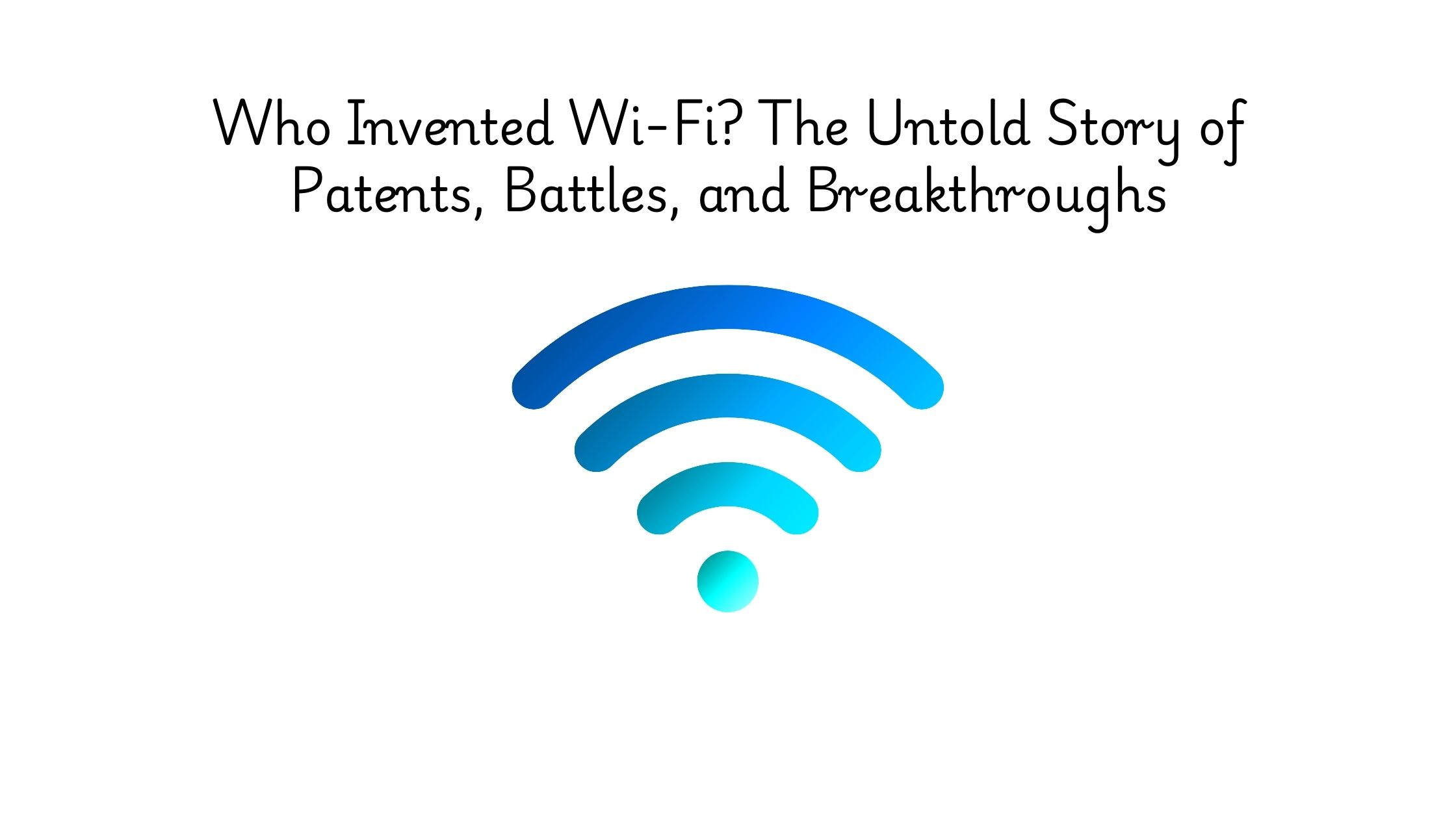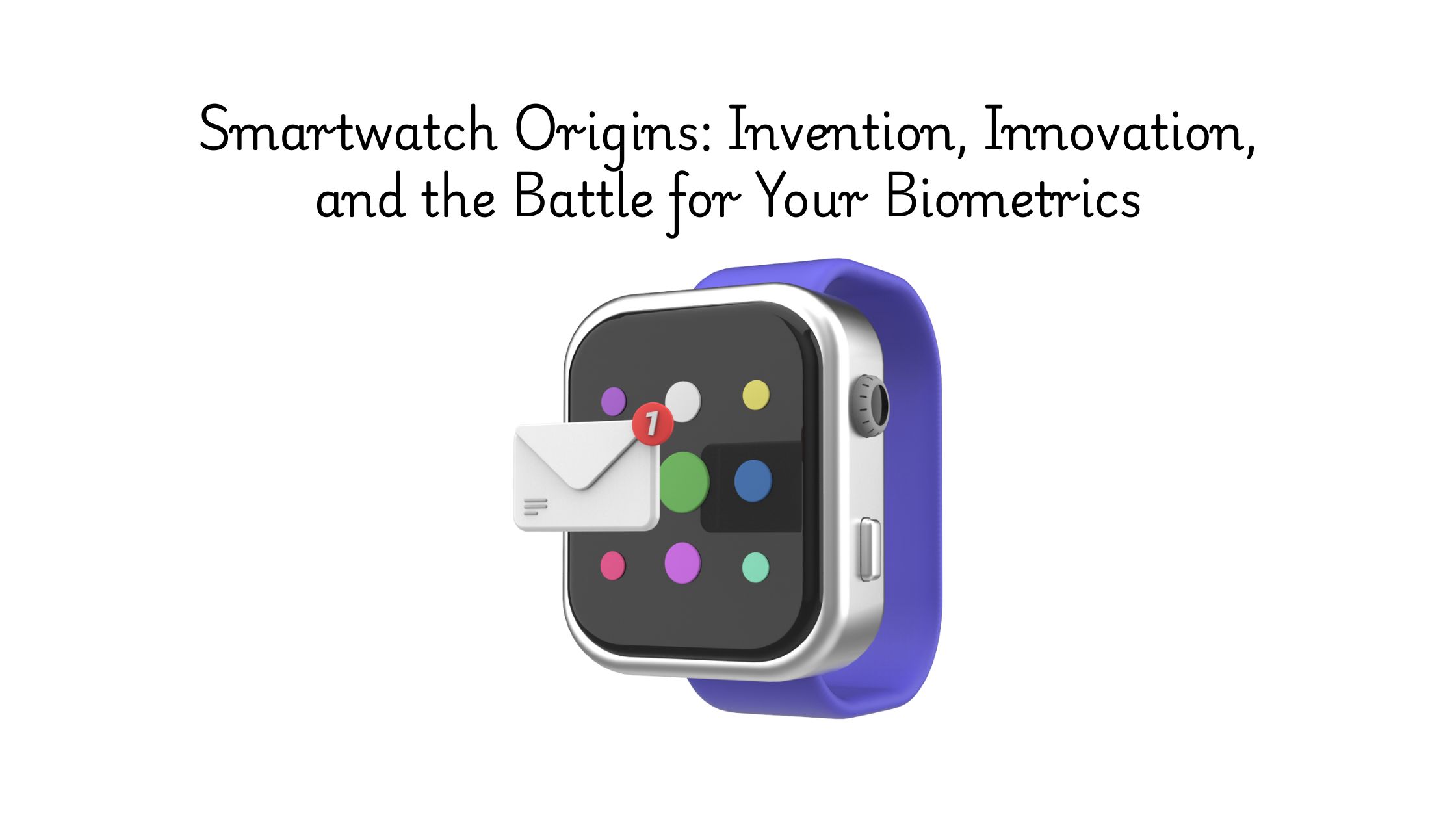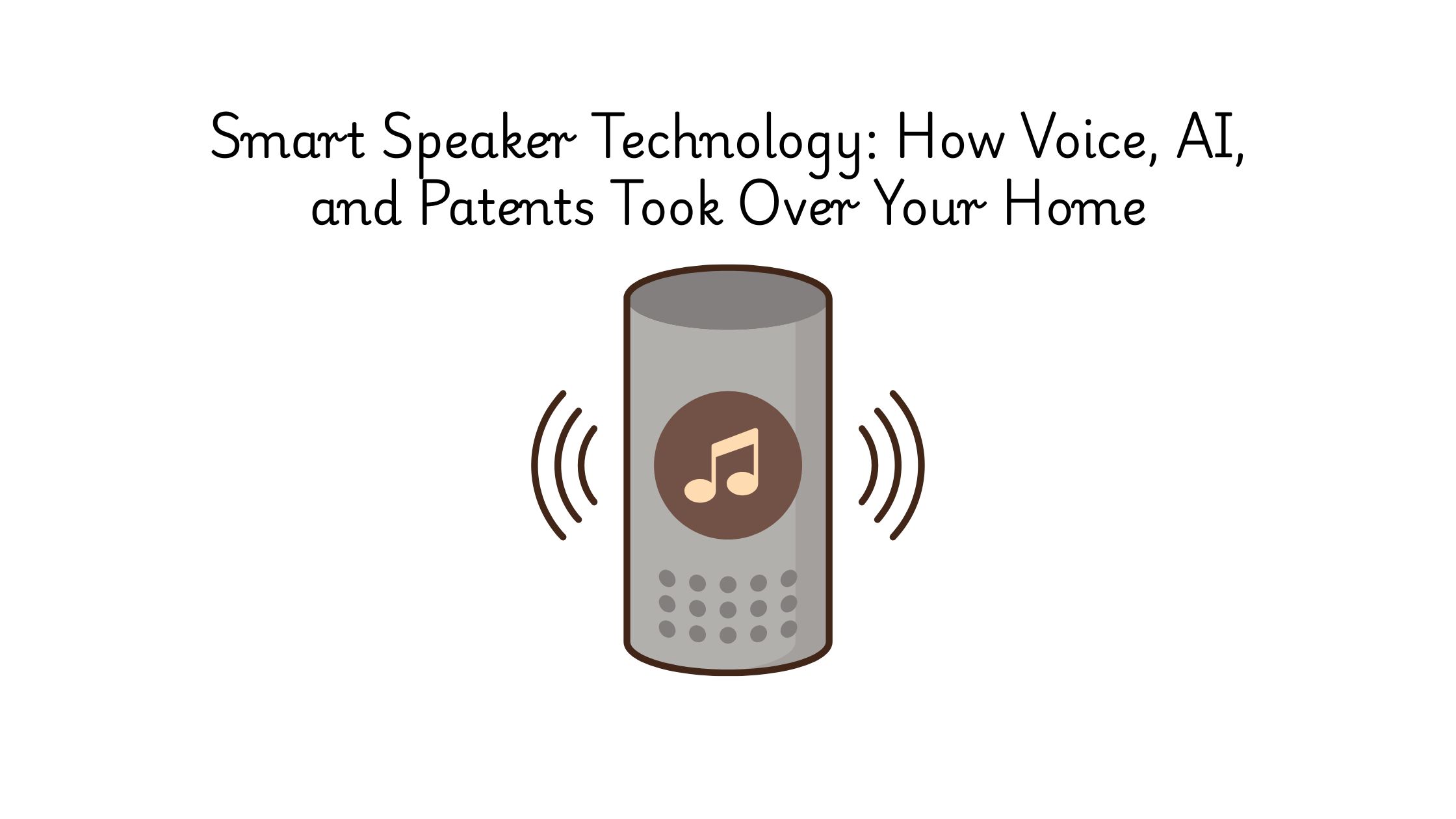US7194737B2 is at the center of an aggressive litigation campaign launched by FrameTech LLC, a non-practicing entity targeting giants like Fujitsu and Hitachi. With ten active cases and multiple tech companies under fire, this patent isn’t just a filing; it’s a legal weapon. But what exactly does it protect?
At its core, US7194737B2 covers a system and method for managing data frames between devices. Essentially, it helps regulate how information flows through network systems using identifiers and buffer controls. While that sounds technical, think of it as traffic control for data: the system ensures each piece of information gets to the right place, efficiently and in the right order.
So why is it being targeted? Because this kind of data handling is fundamental to modern network hardware and communication protocols. This means, countless devices may unknowingly fall within its scope.
Want to find related patents? Use the Global Patent Search tool. Just enter the patent number US7194737B2 and instantly explore related patents with precise feature mapping to strengthen your strategy.
Let’s break down what this patent claims.
Understanding Patent US7194737B2
US7194737B2, titled “System and method for expediting and automating mainframe computer setup,” focuses on simplifying one of the most technically demanding processes in enterprise IT: upgrading operating systems on mainframe computers. This patent outlines a method and system that automates the upgrade process, from initial configuration discovery to installation, customization, and the critical IPL (Initial Program Load) step. The result? Less time, less human error, and less reliance on increasingly scarce mainframe experts.
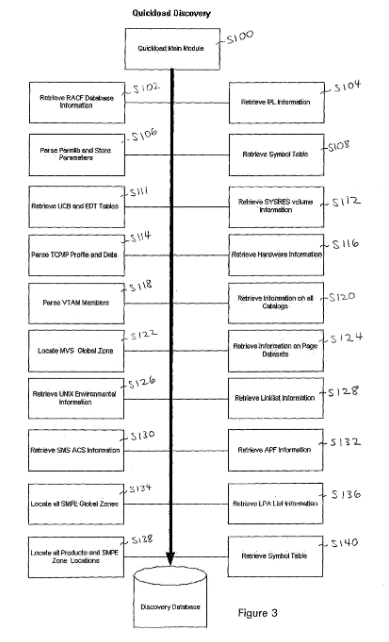
Source: US7194737B2
Its four key features are:
#1. Automated environment discovery: Gathers configuration data from an existing mainframe system to replicate during setup.
#2. Client-controlled base OS installation: A PC-based client system prepares and transfers a base OS to the mainframe.
#3. Customization based on profile data: The system automatically customizes the new OS to match the previously collected environment details.
#4. Automated IPL execution and optional product installation: Completes the process by initiating an IPL and installing software like DB2, WebSphere MQ, or Tivoli.
Since many defendants rely on some form of automated or semi-automated system for mainframe provisioning and maintenance, this patent may be leveraged to assert infringement over common IT processes. Its scope, paired with its expired status, makes it a potent tool in retrospective enforcement actions.
Related Patent Reference for US7194737B2
#1. US7379982B2
This patent, filed on March 28, 2003, describes a system and method for the custom installation of an operating system on a remote device. It introduces a support server that generates and installs a customized OS image onto devices such as diskless systems or machines with failed storage. The server interacts with the target system over a network, gathering configuration data (hardware/software profile) and tailoring the installation process accordingly.
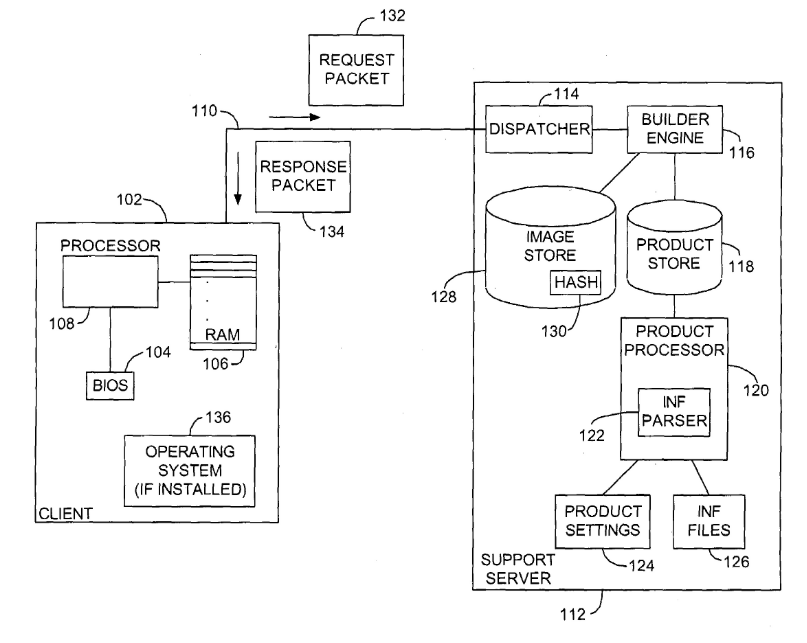
Source: US7379982B2
Key Features of this Related Patent:
- Remote OS installation using hardware/software profiles – The system collects configuration data from the client device and customizes the OS installation, similar to how US7194737B2 recreates the environment from a source profile.
- Network-based OS delivery and customization – A support server communicates over a network to install and configure the OS remotely, aligning with the client-server architecture described in US7194737B2.
- Automated OS customization and boot-readiness – The system adapts the OS installation to make the device bootable based on its specific hardware, partially aligning with US7194737B2’s IPL preparation.
Which features of US7194737B2 are disclosed by US7379982B2?
| Key Feature of Claim 1 | Disclosure Status |
| A method for upgrading an operating system on a mainframe computer system. | Fully Disclosed |
| The base operating system is transferred from the client’s computer to the mainframe. | Fully Disclosed |
| The base operating system is transferred from the client’s computer to the mainframe. | Partially Disclosed |
| The customized system enables the mainframe to be automatically adapted for initial program load. | Fully Disclosed |
| The client’s computer system communicates with the mainframe over a communication network. | Partially Disclosed |
| The client’s computer automatically customizes the base operating system to incorporate elements from the source profile. | Fully Disclosed |
| The customized system enables the mainframe to be automatically adapted for initial program load | Partially Disclosed |
Key Excerpt from US7379982B2:
“The invention… relates in one regard to a system and method for custom installation of an operating system on a remote device, involving in one regard a support server equipped with a builder engine that generates an operating system kernel based on a machine state image received from the client, the image comprising hardware and software configuration data. The customized kernel is then transferred to the client device over a communication network to allow it to boot and operate.”
#2. US20040068722A1
This reference, published on April 8, 2004, outlines a system and method for expediting and automating mainframe computer setup. It was filed by the same inventors as US7194737B2 and shares nearly identical technical concepts, serving as the earlier publication of the granted patent. It details how a client system automates the discovery, installation, and customization of a mainframe operating system.
Key Features of this Related Patent:
- Automated discovery of mainframe configuration – The invention uses a “discovery” process to gather hardware and software profile data, matching US7194737B2’s feature of receiving source profile information.
- Client-driven base OS generation and transfer – A personal computer generates and transfers a base OS to the mainframe over a network using protocols like FTP.
- Full automation of IPL preparation – After customization, the system enables the mainframe to perform an initial program load without manual intervention.
Which features of US7194737B2 are disclosed by US20040068722A1?
| Key Feature of Claim 1 | Disclosure Status |
| A method for upgrading an operating system on a mainframe computer system. | Fully Disclosed |
| A client computer system generates a base operating system for the mainframe. | Fully Disclosed |
| The client’s computer system communicates with the mainframe over a communication network. | Fully Disclosed |
| The customized system enables the mainframe to be automatically adapted for initial program load. | Fully Disclosed |
| The client’s computer automatically customizes the base operating system to incorporate elements from the source profile. | Fully Disclosed |
| The client’s computer system communicates with the mainframe over a communication network. | Fully Disclosed |
| The customized system enables the mainframe to be automatically adapted for initial program load | Fully Disclosed |
Key Excerpt from US20040068722A1:
“The present invention preferably automates mainframe computer operating system upgrades by automatically installing a base operating system on the mainframe system, performing information-gathering of an existing mainframe computer system, using the information to recreate the environment settings of the existing system, and providing a series of directives typically required of a skilled mainframe computer systems programmer for an IPL.”
#3. KR20040060366A
This Korean patent application, published on July 6, 2004, describes a method for upgrading OS images in a wireless communication medium, specifically targeting portable digital devices like PDAs. The invention outlines a process for downloading and writing an OS image to a device’s flash memory, followed by rebooting the system.
Key Features of this Related Patent:
- Partial automation of OS upgrade – The system allows a user to input a bootloader location and initiate an OS upgrade via flash memory, partially aligning with the upgrade process of US7194737B2.
- Compatibility check using hardware data – Before proceeding, the system compares the device hardware info with the OS version, which slightly overlaps with the idea of assessing source profile information.
- Post-upgrade reboot to activate new OS – Although not a mainframe IPL, the concept of rebooting the system post-upgrade is a loosely analogous mechanism.
This is how feature mapping from the tool looks like:
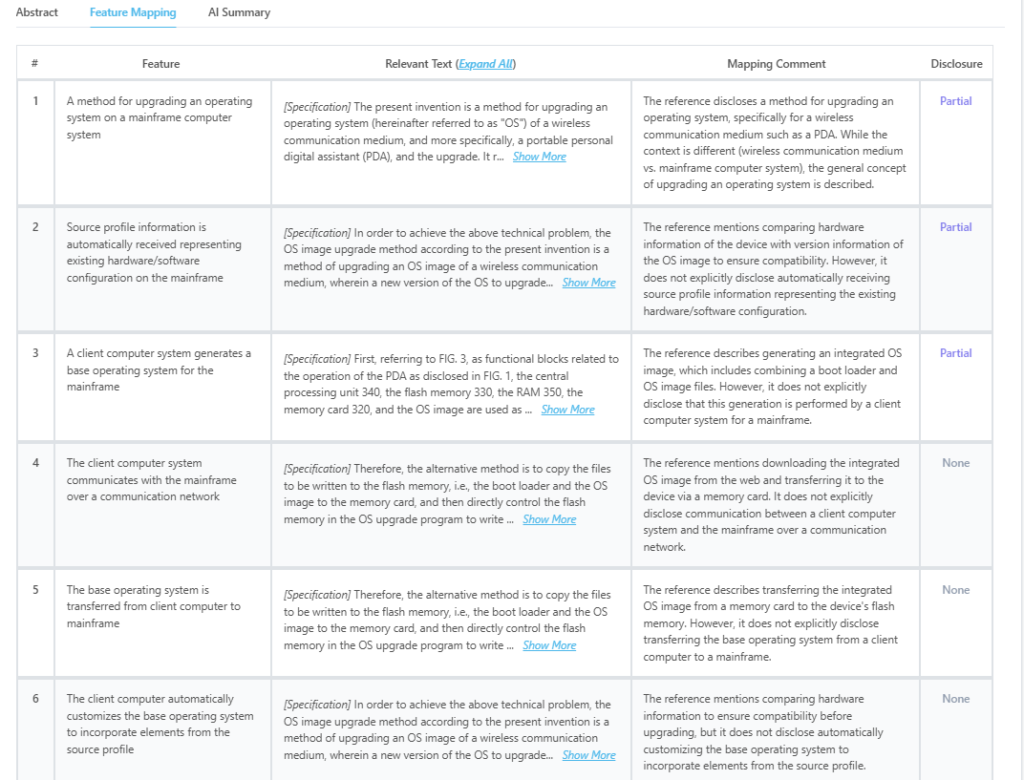
Source: GPS
Which features of US7194737B2 are disclosed by KR20040060366A?
| Key Feature of Claim 1 | Disclosure Status |
| A method for upgrading an operating system on a mainframe computer system. | Partially Disclosed |
| Source profile information is automatically received, representing existing configuration. | Partially Disclosed |
| Source profile information is automatically received, representing the existing configuration. | Partially Disclosed |
Key Excerpt from KR20040060366A:
“The OS image upgrade method according to the present invention is a method of upgrading an OS image of a wireless communication medium, wherein a new version of the OS to upgrade is compared with the hardware information of the device to ensure compatibility, and the OS image and boot loader are copied to the flash memory via a memory card, allowing the system to reboot with the updated OS.”
#4. KR20050062895A
This Korean patent application, published on June 28, 2005, describes a method for remote upgrade in a home server system. It introduces a remote upgrade process where a server downloads updated software from a remote location (via TFTP) during system boot.
Key Features of this Related Patent:
- Remote OS image transfer during boot sequence – The system downloads a software image from a networked upgrade server during the home server’s boot process, aligning in part with the upgrade and reboot model in US7194737B2.
- Network-enabled communication with upgrade server – It uses Ethernet or Internet to initiate communication between the home server and the remote upgrade source.
- Automated activation post-upgrade – The home server boots using the newly upgraded image, partially echoing US7194737B2’s IPL functionality.
Which features of US7194737B2 are disclosed by KR20050062895A?
| Key Feature of Claim 1 | Disclosure Status |
| A method for upgrading an operating system on a mainframe computer system. | Partially Disclosed |
| The client computer system communicates with the mainframe over a communication network. | Partially Disclosed |
| The base operating system is transferred from client’s computer to mainframe. | Partially Disclosed |
| The base operating system is transferred from the client’s computer to the mainframe. | Partially Disclosed |
Key Excerpt from KR20050062895A:
“When the user wants to upgrade, the TFTP is used to access the remote upgrade server to download a new software image and store it in the main memory of the home server system. Next, the DOM is initialized and a new image is loaded during the booting process, allowing the system to run the upgraded software without manual installation steps.”
#5. EP1300761A1
Published on April 9, 2003, this European patent application outlines methods for upgrading or updating data and software on computers. It introduces a process for downloading and installing OS upgrades without disrupting the current operating environment, allowing the system to boot into the new version at the next startup.
Key Features of this Related Patent:
- OS upgrade with minimal disruption – The invention allows an OS upgrade to be installed while the system is running, deferring the activation to the next reboot, similar to preparing a system for IPL.
- Network-based OS image retrieval – Upgrade files (e.g., image.bin) are fetched via a LAN or WAN, partially corresponding with client-to-mainframe OS transfer features.
- Automated start-up with upgraded system – After reboot, the system uses the new OS image without user intervention, echoing US7194737B2’s emphasis on boot automation.
Which features of US7194737B2 are disclosed by EP1300761A1?
| Key Feature of Claim 1 | Disclosure Status |
| A method for upgrading an operating system on a mainframe computer system. | Fully Disclosed |
| The client computer system communicates with the mainframe over a communication network. | Partially Disclosed |
| The base operating system is transferred from client computer to mainframe. | Partially Disclosed |
| The base operating system is transferred from the client’s computer to the mainframe. | Partially Disclosed |
Key Excerpt from EP1300761A1:
“The file ‘image.bin’ is downloaded by the upgrade process. It contains the binary data for creating the image or images in ROM that are used after the next start-up of the computer system. This allows upgrading the operating system without impairing the currently running version, and the new system becomes active on reboot.”
Feature Comparison Table
| Key Feature of Claim 1 | US7379982B2 | US20040068722A1 | KR20040060366A | KR20050062895A | EP1300761A1 |
| Source profile information is automatically received, representing existing configuration. | Fully Disclosed | Fully Disclosed | Partially Disclosed | Partially Disclosed | Fully Disclosed |
| A client computer system generates a base operating system for the mainframe. | Fully Disclosed | Fully Disclosed | Partially Disclosed | Not Disclosed | Not Disclosed |
| The client computer system communicates with the mainframe over a communication network. | Partially Disclosed | Fully Disclosed | Not Disclosed | Not Disclosed | Not Disclosed |
| The base operating system is transferred from client computer to the mainframe | Fully Disclosed | Fully Disclosed | Partially Disclosed | Partially Disclosed | Partially Disclosed |
| The base operating system is transferred from client’s computer to the mainframe. | Partially Disclosed | Fully Disclosed | Not Disclosed | Partially Disclosed | Partially Disclosed |
| The client’s computer automatically customizes the base operating system to incorporate elements from the source profile. | Fully Disclosed | Fully Disclosed | Not Disclosed | Not Disclosed | Not Disclosed |
| The customized system enables the mainframe to be automatically adapted for initial program load. | Partially Disclosed | Fully Disclosed | Not Disclosed | Partially Disclosed | Partially Disclosed |
How to Find Related Patents Using Global Patent Search
Identifying related patents is a critical part of evaluating the strength and enforceability of any patent under litigation. Whether you’re analyzing a single claim or mapping an entire patent family, the Global Patent Search (GPS) tool simplifies this process with precision and speed.
Here’s how to use GPS to uncover valuable related patents:
Search by patent number or description: Enter the patent number (e.g., US7194737B2) or relevant technical keywords. GPS retrieves global patents that share functional and structural similarities.
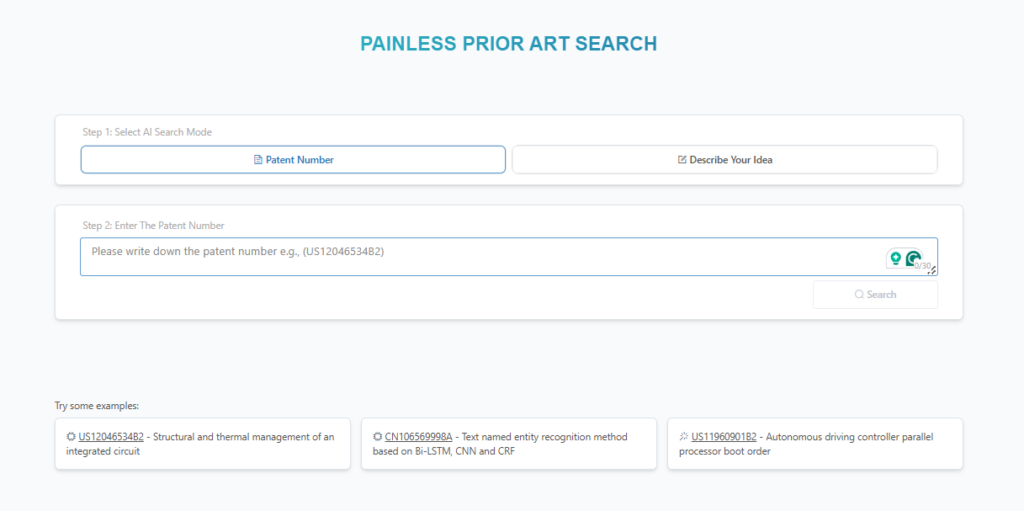
Source: GPS
Leverage feature mapping: Compare specific claim elements from your target patent against a wide pool of existing patents. The GPS tool highlights exact matches, partial disclosures, or missing elements for each feature.
Review matching results: Instantly browse a curated list of related patents, each mapped against the original patent’s core claims. This makes it easy to identify which disclosures could be legally significant.
Analyze detailed reports: Each related patent entry includes full-text excerpts, mapping comments, and direct claim comparisons, giving you an actionable, attorney-grade summary of potential overlaps.
Make confident decisions: Whether defending, asserting, or invalidating a patent, GPS delivers the data you need to build a compelling legal strategy backed by strong related patent analysis.
With Global Patent Search, you’re not just finding related patents; you’re uncovering strategic insights that can make or break a case.
Gain the Upper Hand in Related Patent Research
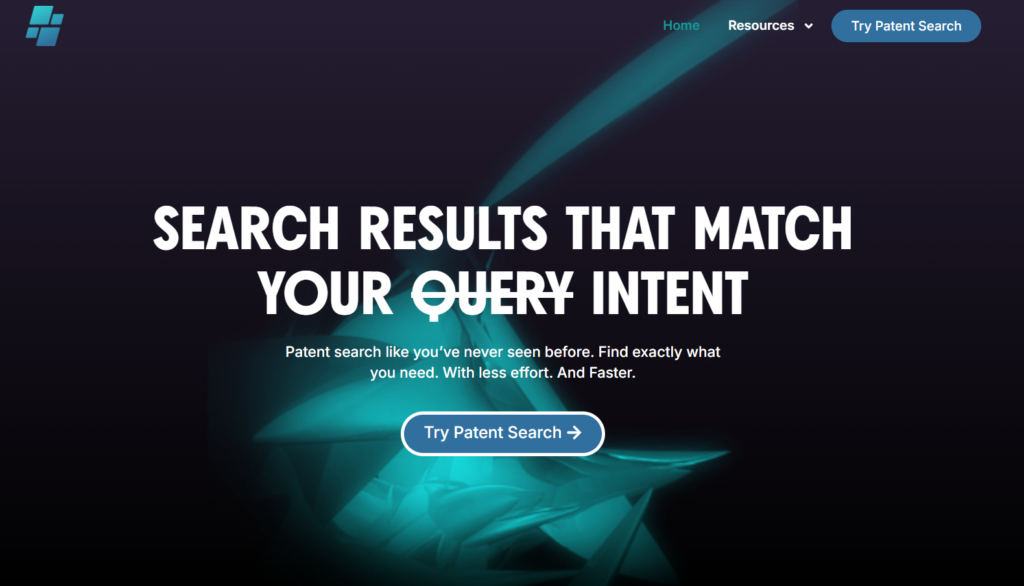
In patent litigation, precision is everything. The Global Patent Search tool delivers the clarity and confidence you need to challenge or defend a patent effectively. No more guesswork; it’s just results that matter.
Here’s how GPS puts you in control:
- Fast, intelligent search by patent number or technical criteria.
- Comprehensive feature-by-feature mapping against global patents.
- Clear, structured insights that support litigation, licensing, and invalidation.
When the outcome depends on uncovering the right related patents, trust the tool built for legal and technical professionals.
Leverage Global Patent Search and turn complex patent data into decisive action.
Disclaimer: The information provided in this article is for informational purposes only and should not be considered legal advice. The related patent references mentioned are preliminary results from the Global Patent Search tool and do not guarantee legal significance. For a comprehensive related patent analysis, we recommend conducting a detailed search using GPS or consulting a patent attorney.
